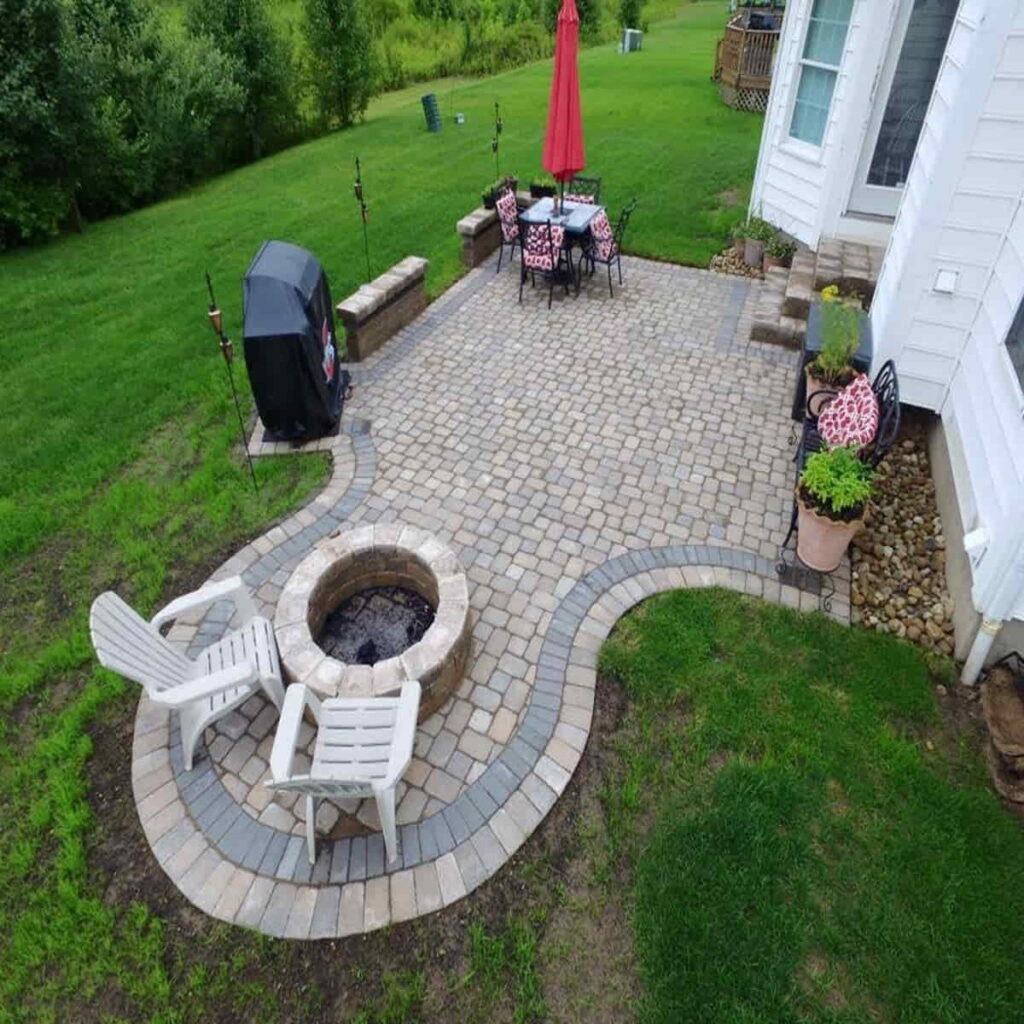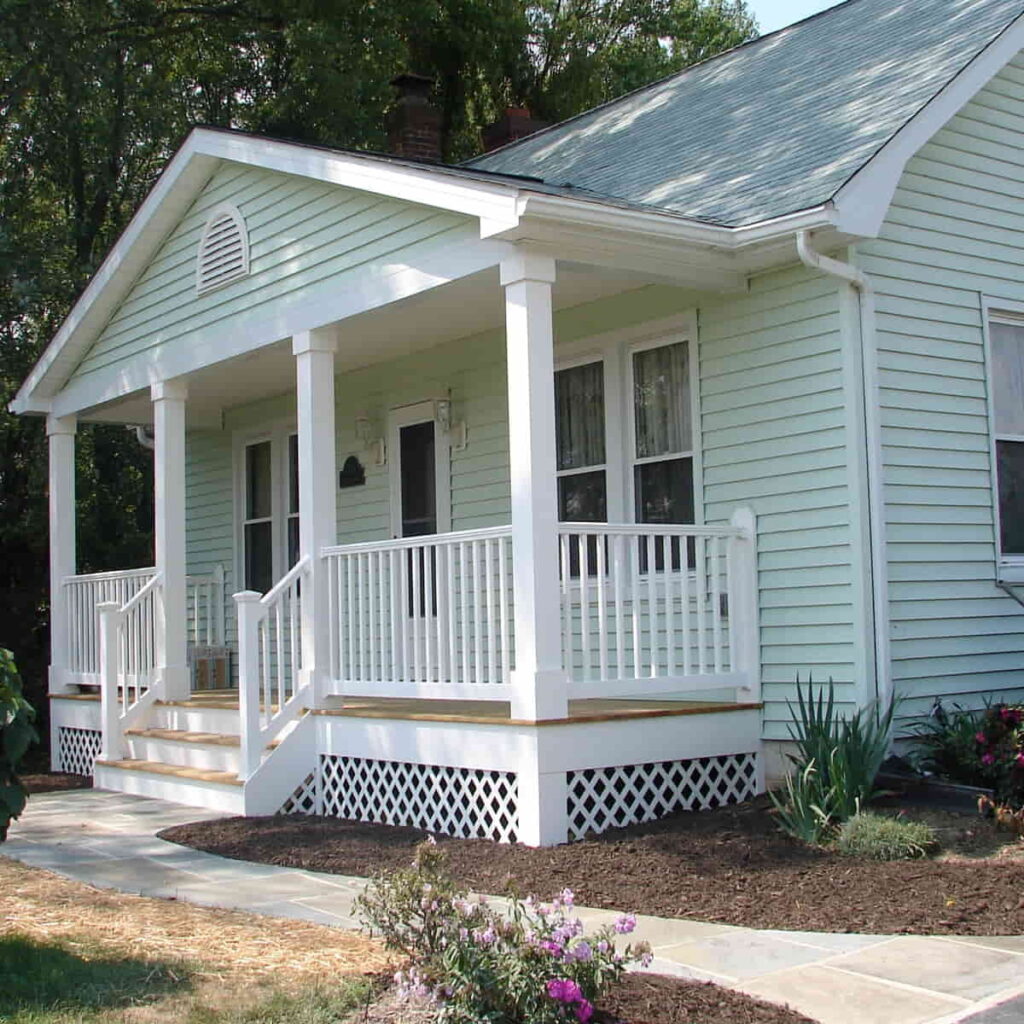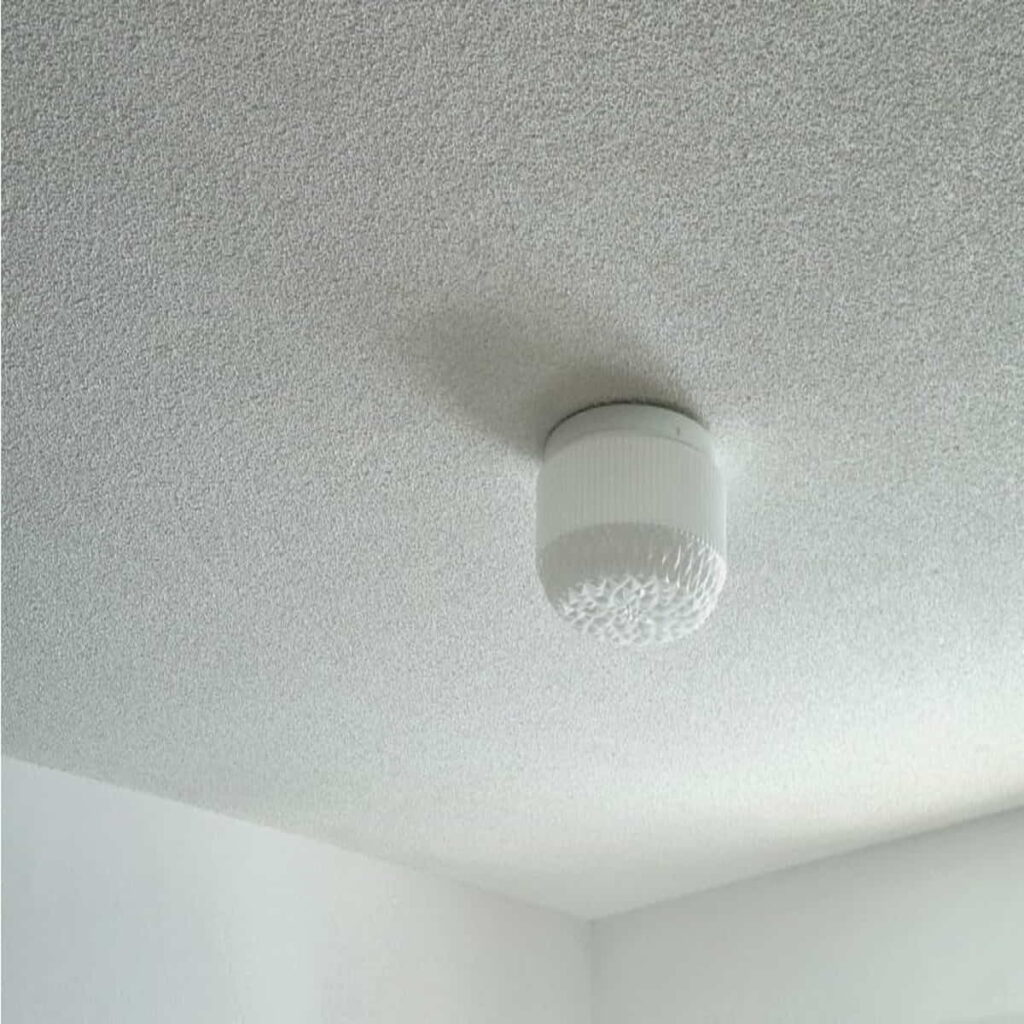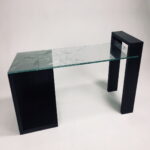How to fix cracks in stucco walls is essential not only for maintaining their appearance but also for preventing further damage.
Stucco walls are a popular choice for both interior and exterior finishes due to their durability, aesthetic appeal, and versatility.
However, like any other building material, stucco can develop cracks over time due to various factors such as settling, weather conditions, and improper installation.
In this comprehensive guide, we will explore how to fix cracks in stucco walls, ensuring your walls remain in excellent condition.
How To Fix Cracks In Stucco Walls
Cracks in stucco walls can be an eyesore and a potential source of more significant problems if left unaddressed.
Whether you are dealing with hairline cracks or more extensive damage, it is crucial to understand the underlying causes and the best methods to repair them.
In this article, we will discuss how to fix cracks in stucco walls, covering various types of cracks, the necessary tools and materials, and step-by-step instructions for achieving professional results.
Understanding the Types of Stucco Cracks
Before diving into the repair process, it is essential to identify the different types of cracks that can appear in stucco walls.
Each type of crack may require a different approach to repair.
How To Fix Cracks In Stucco Walls : Hairline Cracks
Hairline cracks are fine, narrow cracks that typically do not penetrate through the entire thickness of the stucco.
These cracks are often caused by minor settling or thermal expansion and contraction.
While they may seem insignificant, addressing them promptly is important to prevent moisture from entering and causing further damage.
How To Fix Cracks In Stucco Walls : Larger Cracks
Larger cracks, also known as structural cracks, are more significant and can extend deeper into the stucco layer.
These cracks are usually a result of more substantial structural movement or foundation issues.
Repairing larger cracks requires a more robust approach to ensure the stability and longevity of the stucco wall.
How To Fix Cracks In Stucco Walls : Pattern Cracks
Pattern cracks, also known as map cracking or crazing, form a network of fine cracks that resemble a spider web or map.
These cracks are typically caused by improper curing of the stucco or excessive shrinkage.
While pattern cracks may not indicate severe structural issues, they can still allow moisture penetration and should be repaired.
How To Fix Cracks In Stucco Walls
Tools and Materials Needed for Fixing Stucco Cracks
To successfully fix cracks in stucco walls, you will need specific tools and materials.
Having these items on hand will make the repair process more efficient and ensure a professional finish.
Tools
- Putty knife
- Utility knife
- Wire brush
- Trowel
- Sponge
- Bucket
- Spray bottle
- Paintbrush
Materials
- Stucco patching compound
- Stucco mix
- Bonding agent
- Sandpaper
- Paint (to match existing stucco color)
- Water
How To Fix Cracks In Stucco Walls
Step-by-Step Guide on How to Fix Cracks in Stucco Walls
Now that we have identified the types of cracks and gathered the necessary tools and materials, let’s proceed with the step-by-step guide on how to fix cracks in stucco walls.
1. Prepare the Surface
The first step in repairing stucco cracks is to prepare the surface.
This involves cleaning the area around the crack to ensure proper adhesion of the repair materials.
- Use a utility knife to widen the crack slightly. This will help create a better bonding surface for the patching compound.
- Remove any loose or damaged stucco around the crack using a putty knife.
- Use a wire brush to clean the crack and the surrounding area. Make sure to remove any dirt, debris, or loose particles.
- Rinse the area with water using a spray bottle to remove any remaining dust. Allow the surface to dry before proceeding.
2. Apply a Bonding Agent
Applying a bonding agent to the crack will enhance the adhesion of the stucco patching compound and ensure a durable repair.
- Use a paintbrush to apply a bonding agent to the crack. Make sure to cover the entire length of the crack and the surrounding area.
- Allow the bonding agent to dry according to the manufacturer’s instructions. This usually takes about 15-30 minutes.
3. Fill the Crack with Stucco Patching Compound
Once the bonding agent is dry, you can proceed with filling the crack using a stucco patching compound.
- Mix the stucco patching compound according to the manufacturer’s instructions. The consistency should be thick enough to fill the crack without sagging.
- Use a putty knife to apply the patching compound into the crack. Press the compound firmly into the crack to ensure it fills the entire depth.
- Smooth the surface of the patching compound with a trowel, blending it with the surrounding stucco.
- Allow the patching compound to dry according to the manufacturer’s instructions. This typically takes several hours.
4. Blend the Repair with the Existing Stucco Texture
To achieve a seamless repair, it is essential to match the texture of the repaired area with the existing stucco.
This step may require some practice to achieve the desired result.
- If the existing stucco has a textured finish, use a sponge or a trowel to create a similar texture on the repaired area. Dab or stipple the surface to mimic the surrounding stucco pattern.
- If necessary, use sandpaper to smooth any rough edges and blend the repair with the existing texture.
5. Paint the Repaired Area
Painting the repaired area will help blend it with the rest of the stucco wall and provide additional protection against the elements.
- Select a paint color that matches the existing stucco. If possible, use leftover paint from the original application or have a paint store match the color.
- Apply a coat of paint to the repaired area using a paintbrush. Make sure to cover the entire repair and feather the edges to blend with the surrounding stucco.
- Allow the paint to dry according to the manufacturer’s instructions. Apply a second coat if necessary for complete coverage.
How To Fix Cracks In Stucco Walls
Preventing Future Stucco Cracks
While knowing how to fix cracks in stucco walls is essential, it is equally important to take preventive measures to minimize the occurrence of future cracks.
Here are some tips to help prevent stucco cracks:
How To Fix Cracks In Stucco Walls : Proper Installation
Ensure that the stucco is installed correctly by hiring experienced professionals.
Proper installation techniques, including adequate curing and the use of control joints, can significantly reduce the risk of cracking.
How To Fix Cracks In Stucco Walls : Regular Maintenance
Perform regular inspections and maintenance of your stucco walls.
Look for signs of cracks or damage and address them promptly to prevent further deterioration.
How To Fix Cracks In Stucco Walls : Control Moisture
Moisture is one of the primary causes of stucco cracks.
Ensure that your home has proper drainage systems in place to direct water away from the stucco walls.
Regularly clean and maintain gutters and downspouts to prevent water buildup.
How To Fix Cracks In Stucco Walls : Monitor Structural Movement
Keep an eye on any signs of structural movement, such as foundation settling or shifting.
Addressing these issues early can prevent extensive damage to your stucco walls.
Fixing Cracks In Stucco Walls : Parting Words
Fixing cracks in stucco walls is a crucial aspect of maintaining their appearance and structural integrity.
By understanding how to fix cracks in stucco walls and following the step-by-step guide outlined in this article, you can achieve professional results and extend the lifespan of your stucco walls.
Remember to identify the type of crack, gather the necessary tools and materials, and take preventive measures to minimize future cracking.
With proper care and maintenance, your stucco walls will continue to enhance the beauty and durability of your home for years to come.
ALSO READ
How To Lay A Block Patio Like A Pro
How To Build A Peaked Porch Roof Like A Pro
How Do Wood Furnaces Work In One Easy Lesson










2 Comments